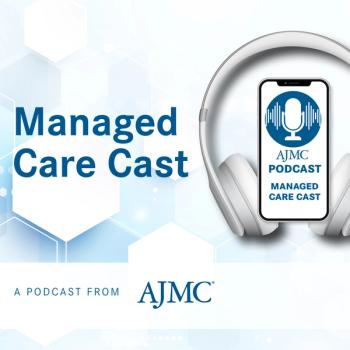
The Emerging Landscape of GLP-1 RA Therapies Across Conditions
The founder and President of Phesi addresses the need for streamlining clinical trial data as GLP-1 RA therapies are being used to treat multiple diseases.
On this episode of Managed Care Cast, The American Journal of Managed Care® spoke with Gen Li, PhD, president and founder of Phesi, a clinical data company that provides artificial intelligence–driven insights to sponsors and providers to optimize clinical trial efficacy.
The use of glucagon-like peptide-1 receptor agonists (GLP-1 RAs) is increasing in clinical trials to treat overlapping conditions, some of which are not related to obesity.
A
“The goal for the industry is not just treating obesity but treating the entire constellation of conditions associated with it,” Li said in the report. “GLP-1s are forcing a re-evaluation of how we define, diagnose, and treat disease—prevention is emerging as the new blockbuster. With the right data, sponsors can target the right patients earlier, saving time, money, and lives.”
Their Trial Accelerator platform uses real-world data (RWD) from 200 million patients across 195 countries. One of Li’s goals is for sponsors to utilize their trial accelerator and digital patient profile to help curb obesity clinical trial cycle times. The study period duration for clinical trials focusing on obesity and GLP-1 RA therapies increased due to the uptick in the use of GLP-1 RA therapies studied in other overlapping diseases.
With their digital patient profiles, providers and sponsors have access to a vast catalog of patient demographics and covariates depicting the most important characteristics of a disease. These insights can then be used to help researchers predict enrollment rates, optimize trial design, and select lead enrolling countries and investigator sites.
“These insights will also afford sponsors and clinicians a deeper understanding of longitudinal outcomes in treated patients and provide data that can be fed back into analysis,” Jonathan Peachy, chief operating officer of Phesi, said in the analysis. “This is critical because we are at the early stages of understanding disease convergence, and hypotheses are still emerging that will require significant RWD to substantiate.”
Listen above or on one of these podcast services:
References
The rise of diseases being studied using GLP-1 therapies: global analysis. Phesi. 2025. Accessed October 13, 2025.
Newsletter
Stay ahead of policy, cost, and value—subscribe to AJMC for expert insights at the intersection of clinical care and health economics.









































